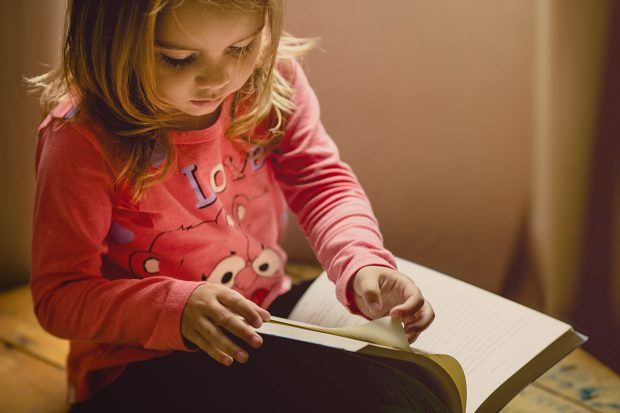Watching a child learn and grow can be rewarding for parents and educators. But learning differences like dyslexia can lead to worry and frustration for students, caregivers, and teachers. While dyslexia is not uncommon, it is often undiagnosed. That means kids don’t receive the necessary tools to manage their school work. Longevity Live Paid Content.
A New Look at Dyslexia
It’s important to identify dyslexia early–and that involves understanding what dyslexia can look like. Some think it means a person reverses letters while trying to read. Although this could be part of the issue, there’s more to it. Most people with dyslexia have trouble connecting visual symbols to their real-world sounds, making it hard to learn to read and spell.
A child dealing with these difficulties will need extra help to catch up. An early assessment can make all the difference. Although dyslexia is a lifelong condition, children can improve their reading and spelling abilities with direct, explicit reading instruction. With this understanding of dyslexia, it’s easy to see why getting children assessed early can make a big difference in how they do it later in life.

Photo by Jonathan Borba on Unsplash
Signs an Assessment Is Needed
So how can a teacher or parent determine if a dyslexia assessment is needed? Adults should watch for signs a child is struggling with language or reading and take action. These signs can look different depending on the child’s age. For a preschooler without much practice reading or writing, watch for trouble with language skills such as rhyming. Children who rely heavily on pictures to decode messages may struggle with dyslexia.
If signs are present, a professional assessment will be the best tool to help identify areas of concern and form the foundation of the child’s dyslexia intervention plan. The sooner this happens, the child can begin to learn in a way that best suits their needs.
A dyslexia assessment is also critical for a child’s confidence and self-esteem. Although many people have learning differences, there can be shame attached to being different. Children can often feel bad when they don’t understand or can’t do something. A child with the right tools will adapt and feel confident to pursue their present and future goals.
Get the Right Dyslexia Assessment Tools
Ensuring children have the tools they require for effective learning starts with addressing potential obstacles, including dyslexia. According to data published by Yale, dyslexia affects about 20% of the population. Rather than avoid the issue, parents and teachers can help children with dyslexia succeed by addressing it early.
A helpful evaluation tool is the Tests of Dyslexia (TOD™) from WPS. This is the first comprehensive dyslexia assessment, eliminating the need to use multiple tests. Join the mailing list and find new ways to create successful outcomes.
Who is the author?

Sheikha Moza
Sheikha Moza is a Blogger and Freelancer. She is also a link-building and guest-posting specialist.



![women [longevity live]](https://longevitylive.com/wp-content/uploads/2020/01/photo-of-women-walking-down-the-street-1116984-100x100.jpg)










